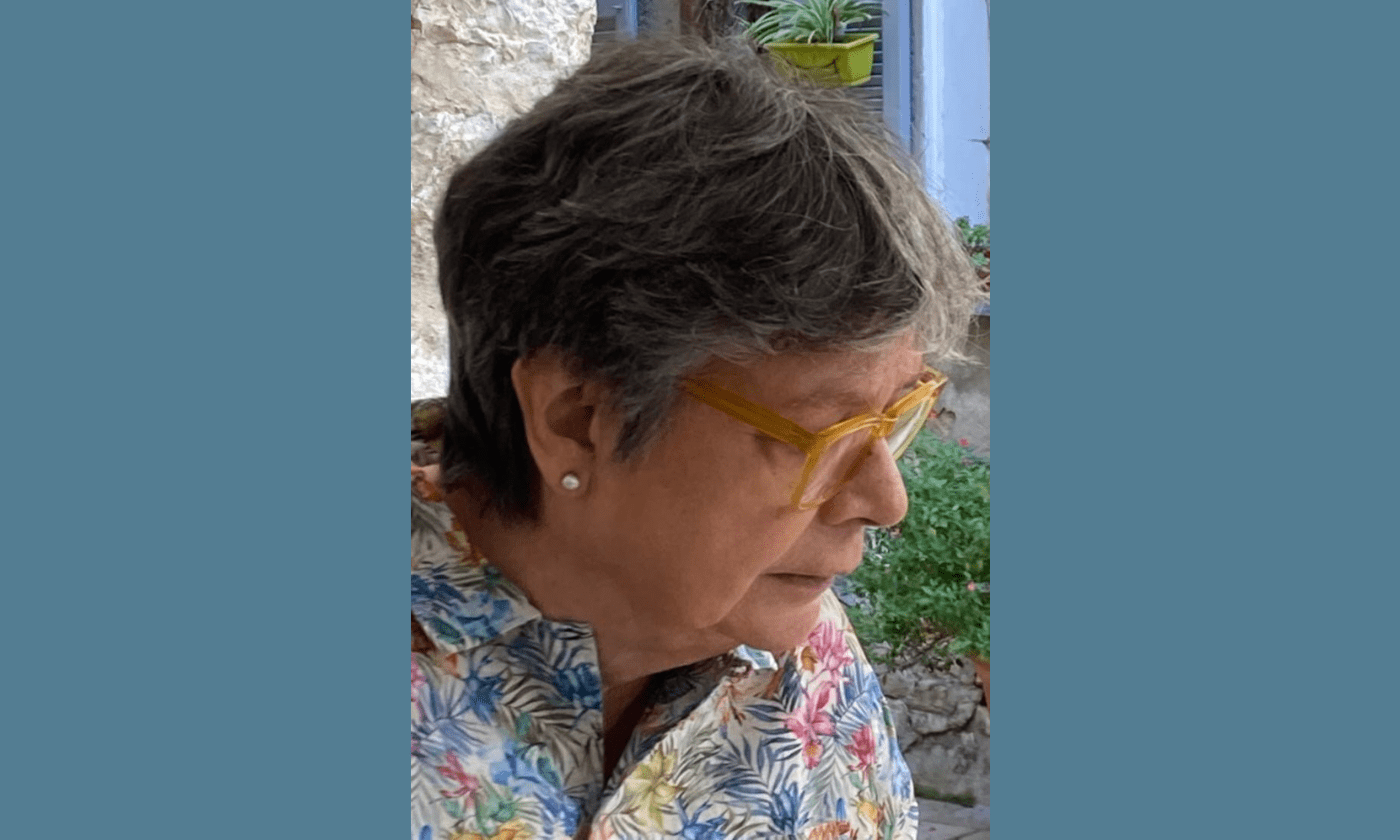The Book of Advertising and A New Generation of Superheroes
There is something quite unique in the telling of the story of advertising in Pakistan. Consider how it started. A group of men separately travelled to Karachi from near and far… from Bhopal, Bombay, Delhi, Calcutta, Lahore, Lucknow… and other cities in India. Others were Karachi-born and bred. They were poets, artists, art collectors, merchants, bon viveurs, writers, civil servants, musicians, raconteurs, bankers, philanthropists and gentlemen farmers; one was a prince.
In Karachi, they set up offices – cramped and sparsely furnished: oddly-assorted tables and chairs, a few pens and pencils. A peon to make the tea – the extent of their staff. But all eager to be part of the great nation-building effort that Pakistan awaited. Their resources were limited; their enthusiasm boundless. These extraordinary men were the founding fathers of Pakistan’s advertising profession. Our industry’s first superheroes.
Looking back, the scale of their achievement is impressive. Karachi in 1947 was an outpost far from British India’s centres of commerce located in Delhi, Bombay and Calcutta. Business had to be drummed up, staff found, hired and trained, products and services marketed, brands built and customers wooed. Those who moved to Karachi from their agency headquarters in India were better equipped (marginally); at least they had experience in the business and a client base to build upon. The others had to start from scratch and hope for the best. Yet they forged ahead and laid the foundations of the profession.
When television came upon Pakistan’s advertising scene in 1964, a new generation of superheroes was ready to take on the baton – and they did so, with a burst of original creative executions that still remains the envy of today’s generation of practitioners. The profession had found its foothold. It was a period of buoyant creativity. It was also a time of consolidation.
Functions and systems were in place, a few women were hired (almost entirely in the creative departments), the terms of engagement with the media were set and the foundations of some of our best-loved national brands were laid. The culmination of this second phase in Pakistan’s advertising history was marked by the AdAsia ’89 Advertising Congress in Lahore in February 1989. Under the chairmanship of Javed Jabbar, the entire industry, including the media, coalesced (in a way not seen before or since) to present a programme that included a roster of stellar speakers drawn from the international world of advertising. AdAsia ’89 put Pakistani advertising on the global map.
If, thus far, the story of Pakistani advertising was linear, what followed was a marked change in tempo. As the world went global, Pakistani advertising shed its insularity. The global paradigm that governed the rules of engagement between advertising agencies and their clients shifted, and marketing assumed a central position within client companies. The client was now in the driver’s seat.
In Pakistan, this change in paradigm found concrete expression in the emergence of the affiliated agency and the entry of the media buying houses. Formerly, clients appointed a single agency to handle their entire brand portfolio. Now, the portfolios were split among agencies, and the brand became the sole client. Then, as the media buying houses consolidated their presence in an increasingly competitive media environment, the media function moved from the agency to become a separate, specialist function. The established model of agency commission was compromised, and new business models were introduced.
In the midst of these shifts, the internet came along and rewrote all the rules. Time compressed, the media fragmented, brands proliferated, consumers demanded, and lifestyles went into transformation. Pakistani advertising agencies were forced to reinvent themselves again and again; from full-service, to specialisation, to hybrids; from independent to partial affiliates to full-equity buyouts – and whatever else worked in between. Along with adapting to global influences, the profession had to withstand the peculiarities of Pakistan’s own trajectory; the periods of economic boom and bust, cycles of instability and systemic uncertainties that suppress an innate optimism to do and think big. This notwithstanding, ad spend in Pakistan went from zero in 1947 to approximately four million rupees in 1966 (Gallup Pakistan). In 1983, it touched Rs 423 million (Marketing Review), by the end of 2017, the figure amounted to Rs 87.7 billion (Aurora Fact File), (an increase of 20,632% since 1983), and in FY 2023-24, despite a severe economic downturn, the figure stood at 114.63 billion (Aurora Fact File).
What happens next is anyone’s guess. AI is now upon us, and the world is about to experience change as it has never before. Jobs are on the line, and the oft resorted to mantra of “AI won’t replace humans, but humans who use AI will”, may just be a temporary placebo. Climate change is also upon us, with consequences likely to pose as big a challenge as AI. In the midst of all this, a new generation has emerged who, in advertising terms, are much harder to reach and convince.
Today, the advertising message has to be short, yet tell a compelling story grounded in authenticity. Most of all, advertising must seek a higher purpose; one that goes beyond stereotypes, and is bold enough to envision the uncertain future we are headed towards.
This may not be the best time for Aurora to pause. But pause it must. Suffice it to say that the journey has been a privilege. To have been part of the story of an amazing industry. One that re-imagines itself with every successive change, builds solid brands, provides employment to Pakistan’s most talented young people, and on a good day, brings magic and delight into our lives.
The next chapters in the Book of Advertising now belong to yet another generation of superheroes. I, for one, will be among their most avid readers.
Mariam Ali Baig is Editor, Aurora. baigmariamali@gmail.com
Parts of this article were reprised from the author’s article in The Dawn of Advertising in Pakistan, published in Dawn on March 31, 2018.



Comments (0) Closed